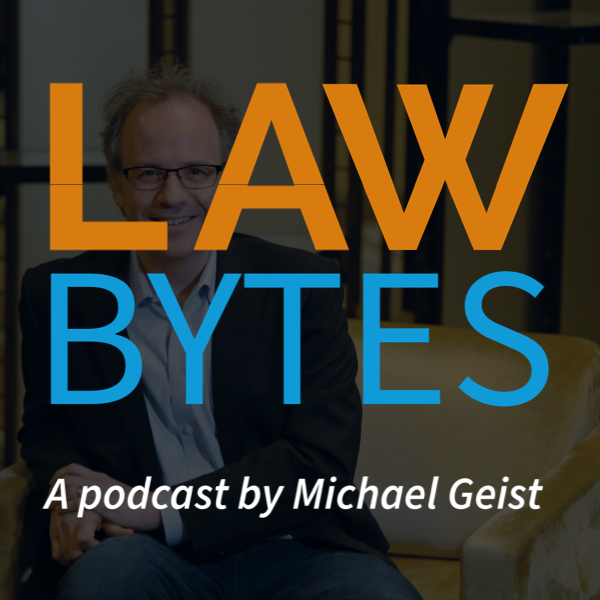My weekly technology law column (Toronto Star version, Ottawa Citizen version, homepage version) focuses on the Library and Archives Canada's (LAC) recently released draft Canadian Digital Information Strategy that may provide some momentum behind digitization plans in Canada. In today's technological world, most content is "born digital," yet there remains a rich history of books, music, film, photos, and other works in analog form. Since people increasingly have access solely to digital content, policy makers must confront the challenge of how to bring all of our culture and historical knowledge into the digital realm.
The strategy makes for sobering reading – Canada may have once been a world-leader in Internet access, yet today it finds itself years behind other countries in developing a clearly focused strategy to link digital access with digital information. Most of our major trading partners, including the United States, European Union, Australia, New Zealand, and China have already established digitization strategies that feature robust programs and ambitious plans. Moreover, some of those countries have benefited from private sector digitization initiatives led by Google, Yahoo, Microsoft, and the Internet Archive. Those countries recognized that an effective digitization strategy yields significant domestic benefits such as wider access to knowledge for all communities, a greater appreciation of national cultural heritage, and the facilitation of lifelong learning. There are tangible international advantages as well, since digital access supports cultural exports and collaborative scientific research.
In order to close the ever-widening gap, the strategy focuses on strengthening Canadian digital content creation, preserving older content, as well as maximizing access and use. The three-pronged strategy hits many of the right buttons by emphasizing the need to support the creation of digital content (many government funding programs are still stuck in the analog era), highlighting the value in identifying the priority works in need of digitization, and fostering a framework that emphasizes access.
Yet despite its laudable goals, the draft strategy suffers from timidity.






